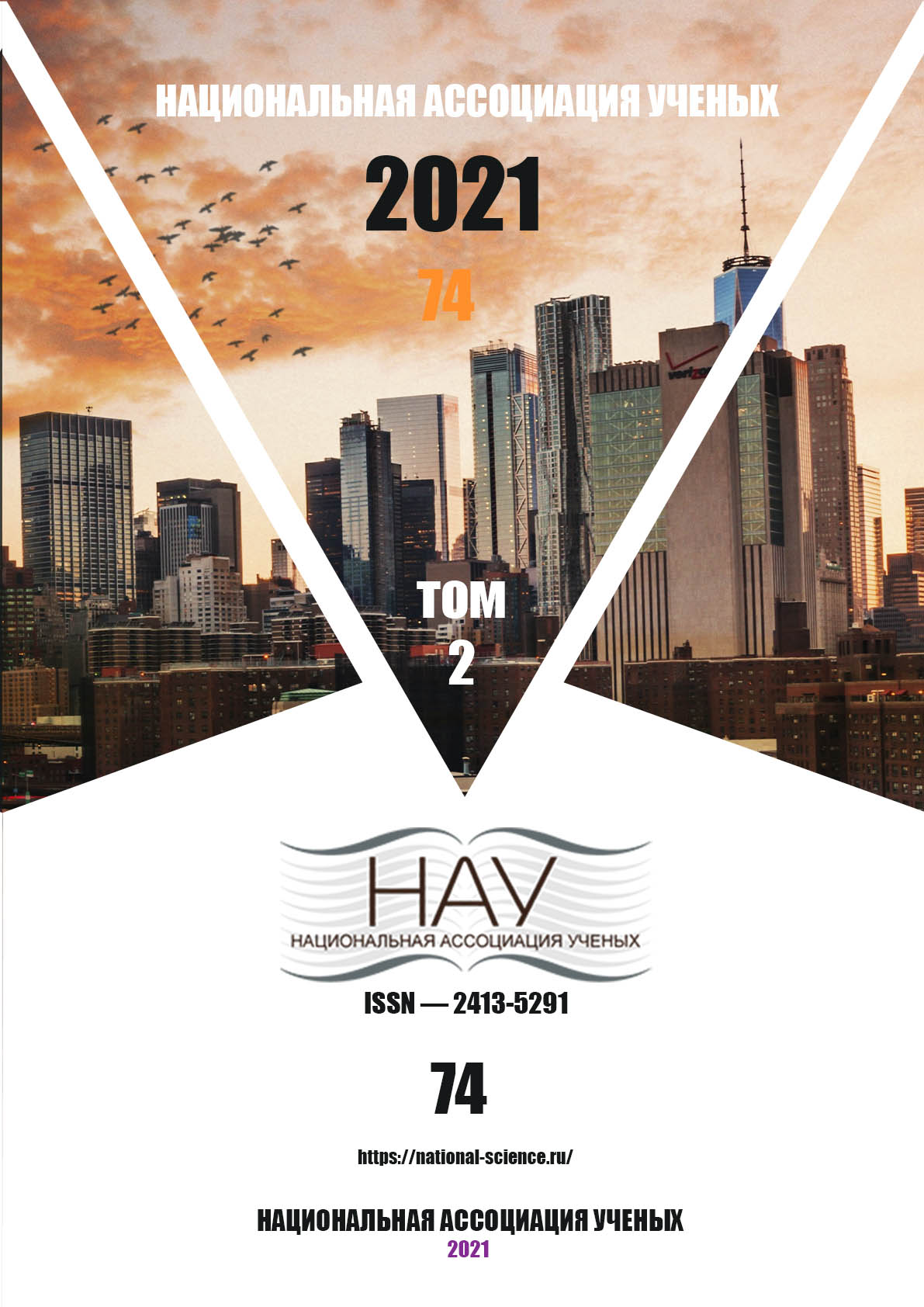MRI RESEARCH OF THE CAUSES OF PAIN SYNDROMES IN THE BACK AND OSTEOCHONDROSIS OF THE SPINE
DOI:
https://doi.org/10.31618/nas.2413-5291.2021.2.74.521Keywords:
spine, pain, spinal osteochondrosis, neurological syndromes, muscle spastic statesAbstract
The aim of the study was to search for organic changes in the tissues of the spine that are the cause of pain syndromes in the back and spine. With the help of MRI, the state of the muscular corset of the spine was diagnosed and the violations found were compared with the localization of pain syndromes in the back and the localization of dystrophic manifestations in the vertebrae and intervertebral discs. In 70 patients who underwent MRI examinations of areas with pain syndromes in the back, it was shown that osteochondrosis of the spine is preceded by spastic conditions of the intervertebral muscles, leading to disruption of trophism of the vertebrae and intervertebral discs, as well as to the development of pain syndromes.
References
Zharkov P.L. Aktual'nye voprosy manual'noj terapii // Bjulleten' №5. XIII-ja konferencija manual'nyh terapevtov. M. 2003. S. 97-98.
Zharkov P.L. Aktual'nye voprosy manual'noj terapii // Bjulleten' №7. XV-ja konferencija manual'nyh terapevtov. M. 2005. S. 132-134
Zhulev N.M., Bardzgaradze Ju.N., Zhulev S.N. Osteohondroz pozvonochnika. Rukovodstvo dlja vrachej. SPb. Izd. Lan'. 1999.
Popeljanskij Ja.Ju. Bolezni perifericheskoj nervnoj sistemy. M. Medicina. 1989.
Cherkasov A.D. Analiz polozhenija maksimumov degenerativno-distroficheskih projavlenij v pozvonochnike // Materialy HIV Mezhdunarodnoj konferencii i diskussionnogo nauchnogo kluba. Novye informacionnye tehnologii v medicine, biologii, farmakologii i jekologii IT+ME`2006. Ukraina, Krym, Jalta-Gurzuf. 31 maja – 9 ijunja 2006. 2006. S. 301-303.
Brailsford J.F. Lessons of the invertebral disks. Some personal reflections. Brit. Journ. Radiol., 1995. №28. P. 415 – 431.
Downloads
Published
Issue
Section
License

This work is licensed under a Creative Commons Attribution-NoDerivatives 4.0 International License.
CC BY-ND
A work licensed in this way allows the following:
1. The freedom to use and perform the work: The licensee must be allowed to make any use, private or public, of the work.
2. The freedom to study the work and apply the information: The licensee must be allowed to examine the work and to use the knowledge gained from the work in any way. The license may not, for example, restrict "reverse engineering."
2. The freedom to redistribute copies: Copies may be sold, swapped or given away for free, in the same form as the original.





